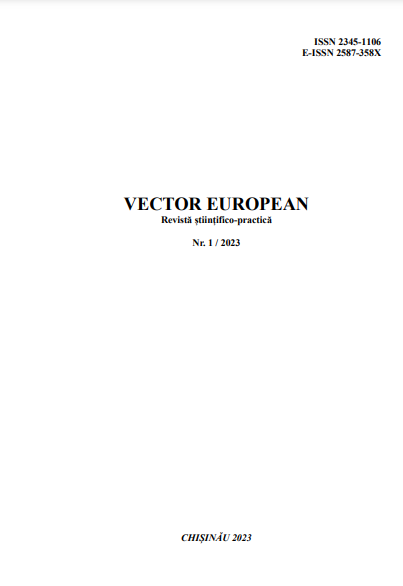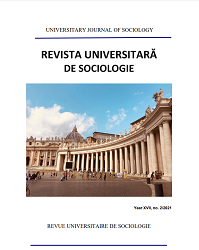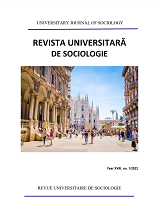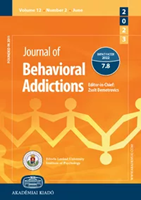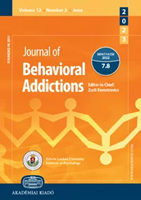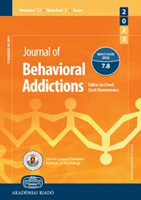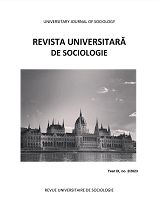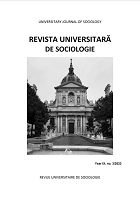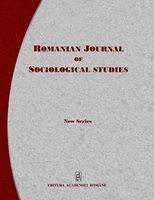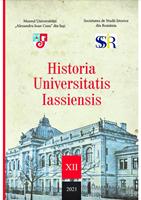
Mass Self-Isolation and the Imaginary World of the Future: Visions and Time Spans Reflected in Memes
The sudden outbreak of COVID-19 pandemic as well as the restrictions and measures that were taken to fight it had a great effect on the society. Thus, a lot of memes were created the authors of which frequently related their visions and ideas about mass self-isolation to a particular time span within and after this period. This paper focuses on such polycode texts and considers the ideas and visions that are expressed in them. As the results of the research demonstrate, the image of the world during and after the mass self-isolation period depicted in memes is often opposed to the familiar reality people were accustomed to. The very first days, weeks and months of social isolation, the post-mass-self-isolation months that followed, years of the near and distant future were put into context. The authors mentioned the changes that they thought occurred or would occur in relation to the behaviour, habits, appearance and psychological state of a person, social interaction, etc., expressing concerns, mentioning problems and joking about them. Some of these visions were not far from the truth, while others were far from reality. Due to the exaggeration and hyperbolization of these ideas and metaphorical and figurative perception of the observed phenomena, an image of alternative conceivable reality and imaginary world was constructed, parts of which might be distorted or merely fictional. From the early days of mass self-isolation and after it, vaccines were considered to be a means of getting the world back to normal. The sudden outbreak of COVID-19 pandemic as well as the restrictions and measures that were taken to fight it had a great effect on the society. Thus, a lot of memes were created the authors of which frequently related their visions and ideas about mass self-isolation to a particular time span within and after this period. This paper focuses on such polycode texts and considers the ideas and visions that are expressed in them. As the results of the research demonstrate, the image of the world during and after the mass self-isolation period depicted in memes is often opposed to the familiar reality people were accustomed to. The very first days, weeks and months of social isolation, the post-mass-self-isolation months that followed, years of the near and distant future were put into context. The authors mentioned the changes that they thought occurred or would occur in relation to the behaviour, habits, appearance and psychological state of a person, social interaction, etc., expressing concerns, mentioning problems and joking about them. Some of these visions were not far from the truth, while others were far from reality. Due to the exaggeration and hyperbolization of these ideas and metaphorical and figurative perception of the observed phenomena, an image of alternative conceivable reality and imaginary world was constructed, parts of which might be distorted or merely fictional. From the early days of mass self-isolation and after it, vaccines were considered to be a means of getting the world back to normal.
More...

